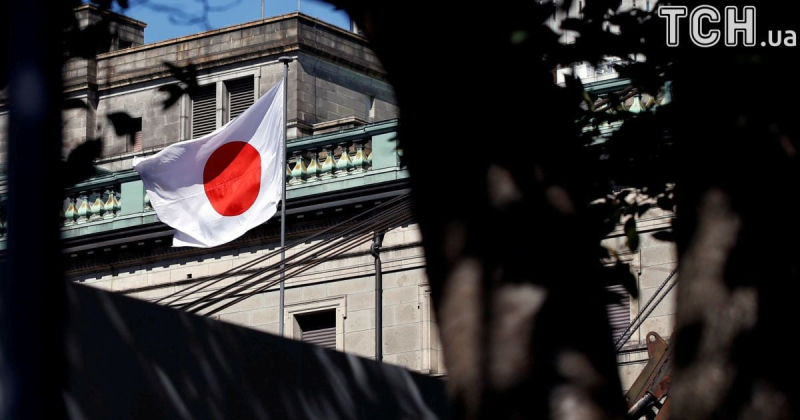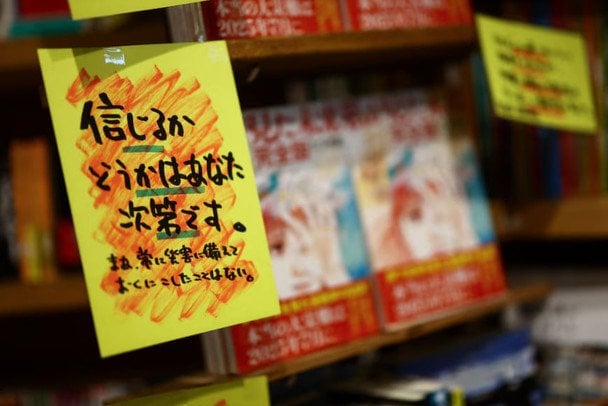On Saturday, July 5, Japan was rocked by an earthquake measuring 5.4 on the Richter scale.

Japan's government warned on Saturday of the possibility of more strong earthquakes in waters southwest of its main islands, while urging people not to believe unfounded comic book predictions of a major catastrophe.
Reuters writes about this.

What is known about new earthquakes in Japan
On Friday, authorities evacuated some residents from outlying islands near the epicentre of the magnitude 5.5 earthquake off the tip of the southern main island of Kyushu.
Thursday's powerful quake was one of more than 1,000 tremors across islands in Kagoshima Prefecture over the past two weeks, fueling comic book predictions that a major disaster will hit the country this month.
“With our current scientific knowledge, it is difficult to predict the exact time, location or scale of an earthquake,” said Ayataka Ebita, director of the Japan Meteorological Agency's earthquake and tsunami monitoring division.
Residents and visitors to the country are urged to base their understanding solely on scientific evidence.
Interpretation of the comics as a prediction of a catastrophic event has prompted some travellers to avoid Japan. The latest figures show that visitors from Hong Kong, where the rumours were widespread, fell 11% in May compared with the same month last year.
Japan has seen record numbers of visitors this year, with April setting a record monthly high of 3.9 million travellers.
Note that earthquakes are common in Japan, one of the most seismically active regions in the world. It accounts for about a fifth of the world's earthquakes of magnitude 6 or greater.
It was previously reported that intense seismic activity continues in southern Japan – more than 900 earthquakes have occurred in the Tokara archipelago area since June 21.
As Ebita noted, activity under the seabed remains high, and residents are advised to be prepared to evacuate. In just 10 days — until July 1 — more than 740 tremors were recorded on the islands, some of which reached 1 or higher on the Japanese intensity scale.

